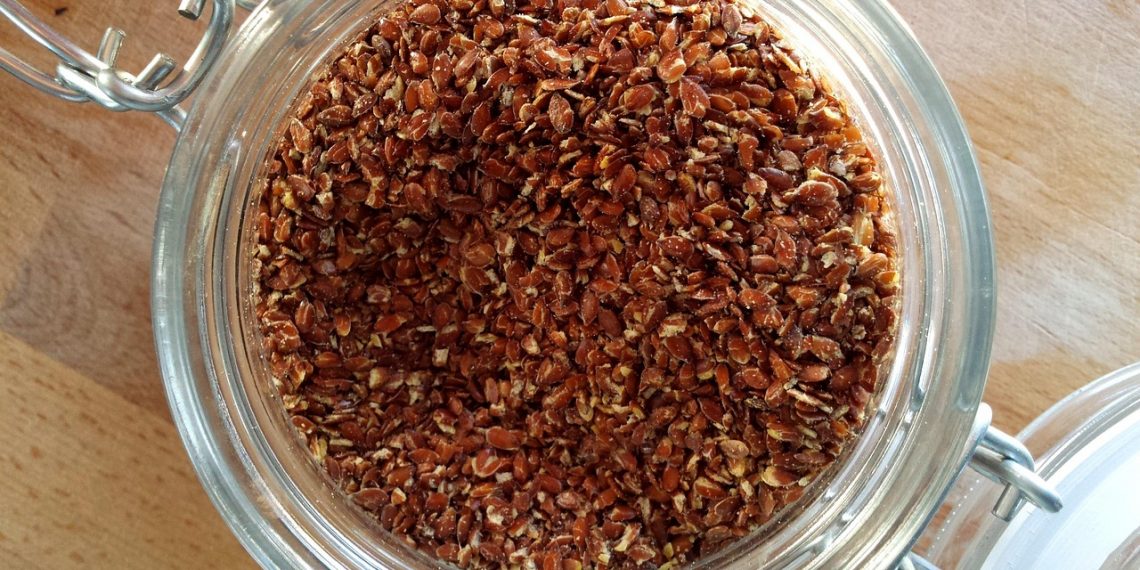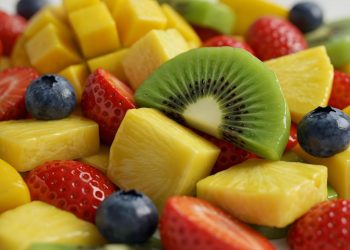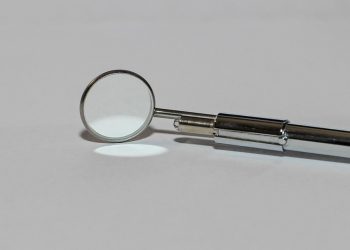Omega-3 foods are your secret weapon for achieving optimal health. These powerhouse nutrients are not just a trendy buzzword; they’re essential for your body and mind. If you’re looking to boost your heart health, improve brain function, and reduce inflammation, embracing omega-3-rich foods is a game changer.
Contents
What Are Omega-3s?
Omega-3 fatty acids are a type of polyunsaturated fat, and they come in three main forms: ALA (alpha-linolenic acid), EPA (eicosapentaenoic acid), and DHA (docosahexaenoic acid). Your body can’t produce these fats on its own, which is why incorporating omega-3 foods into your diet is crucial. They play a vital role in brain health, heart health, and even your skin’s glow.
Why Omega-3s Matter
The significance of omega-3s goes beyond just keeping you healthy. Research suggests they can lower the risk of chronic diseases, enhance mood, and sharpen cognitive function. Think of omega-3s as a gift to your body—you’ll feel the difference in your energy levels, mental clarity, and overall well-being.
Here’s the Omega-3 Foods List You Need
Let’s dive into the 10 omega-3 foods that can transform your health. Each of these options is not only packed with nutrients but also delicious.
1. Fatty Fish
Fatty fish are at the top of the omega-3 foods list for a reason. Varieties like salmon, mackerel, sardines, and herring are rich in EPA and DHA, the forms your body craves.
- Benefits: Supports heart health, reduces inflammation, and enhances brain function.
- Serving Suggestion: Grill or bake salmon with lemon and herbs for a quick weeknight meal.
2. Chia Seeds
These tiny seeds are a powerhouse of plant-based omega-3s, boasting ALA. Just a couple of tablespoons can elevate your daily intake significantly.
- Benefits: Great for digestive health and a fantastic source of fiber.
- Serving Suggestion: Add chia seeds to smoothies, yogurt, or oatmeal for a satisfying crunch.
3. Walnuts
Walnuts are not just a tasty snack; they’re one of the best plant sources of ALA. A handful can go a long way in boosting your omega-3 levels.
- Benefits: May improve heart health and support brain function.
- Serving Suggestion: Toss walnuts into salads or use them in baking for added texture.
4. Flaxseeds
Flaxseeds are another excellent source of ALA. Ground flaxseeds allow your body to absorb the nutrients more effectively.
- Benefits: High in fiber and can help regulate blood sugar levels.
- Serving Suggestion: Stir ground flaxseeds into your smoothie or sprinkle them over your cereal.
5. Hemp Seeds
Hemp seeds are not only rich in omega-3s but also deliver a perfect balance of omega-6 fatty acids. They’re a complete source of protein too!
- Benefits: Supports skin health and may help alleviate symptoms of PMS.
- Serving Suggestion: Blend them into smoothies or sprinkle on salads.
6. Algal Oil
Algal oil is derived from algae and is a fantastic vegan source of DHA. It’s perfect for those who don’t consume fish.
- Benefits: Supports eye health and brain function.
- Serving Suggestion: Use algal oil in salad dressings or take it as a supplement.
7. Brussels Sprouts
Surprising, right? Brussels sprouts contain ALA and are a fantastic vegetable option for boosting your omega-3 intake.
- Benefits: Packed with antioxidants and vitamins.
- Serving Suggestion: Roast Brussels sprouts with balsamic glaze for a tasty side dish.
8. Seaweed
Seaweed is not just for sushi; it’s a great source of omega-3s, especially DHA.
- Benefits: Rich in vitamins and minerals, and supports thyroid function.
- Serving Suggestion: Add seaweed to soups or salads for a unique twist.
9. Edamame
These young soybeans are not only fun to eat but also rich in ALA, making them a fantastic plant-based source of omega-3s.
- Benefits: High in protein and great for muscle repair.
- Serving Suggestion: Snack on steamed edamame sprinkled with sea salt.
10. Grass-Fed Beef
Yes, you read that right! Grass-fed beef has a higher omega-3 content compared to grain-fed beef.
- Benefits: Rich in vitamins and minerals, and may help with inflammation.
- Serving Suggestion: Opt for lean cuts and grill or roast to perfection.
How to Incorporate Omega-3 Foods into Your Diet
Now that you have the omega-3 foods list, you might wonder how to fit them into your daily meals. Here are some simple strategies:
- Breakfast: Start your day with oatmeal topped with chia seeds and walnuts.
- Lunch: Enjoy a salad with salmon, hemp seeds, and a drizzle of flaxseed oil.
- Snacks: Munch on edamame or a handful of walnuts.
- Dinner: Grill or bake fatty fish and serve it with a side of roasted Brussels sprouts.
The Bottom Line
Incorporating omega-3 foods into your diet is one of the most effective ways to nourish your body. From heart health to brain function, these nutrients work wonders.
Start with these 10 omega-3 foods, and you’ll be on your way to feeling your best. Remember, small changes can lead to big results. So, what are you waiting for? Make your next meal an omega-3 celebration!
FAQ
Q: How often should I eat omega-3 foods?
Aim for at least two servings of fatty fish weekly and incorporate plant-based omega-3 sources in your daily diet.
Q: Can I take omega-3 supplements instead?
While supplements can be beneficial, whole foods provide additional nutrients that supplements often lack.
Q: Are there any risks to getting too much omega-3?
In large amounts, omega-3s can increase the risk of bleeding. It’s always wise to consult with a healthcare professional before making significant dietary changes.
Invest in your health today. Pack your plate with omega-3 goodness, and watch how vibrant life can be!
Get Your FREE Natural Health Guide!
Subscribe now and receive our exclusive ebook packed with natural health tips, practical wellness advice, and easy lifestyle changes — delivered straight to your inbox.















